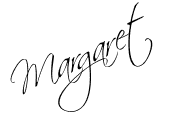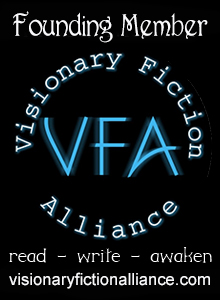
Uncommon Writing Exercises That Transform Your Fiction
Do you need some inspiration for your fiction? If so, Brian Kiteley, director of the creative writing program at the University of Denver, has put together a great book for you called The 3 A.M. Epipany.
It’s a collection of fiction writing exercises to help teach writers how to “let their fiction find itself,” and that’s exactly what I’m trying to do with Kiteley’s help.
You see, I have this new idea for a novel, and while working it out in my mind, I’m filling a binder with plot, character, setting, scene, and theme worksheets and keeping a journal with what author Elizabeth Lyon calls “Riff-Writing,” where I “harvest my emotions” and “catch butterflies.”
At this point, I’m not “writing” a story, but “writing around a story,” farming ideas and trying out different narrative strategies
To inspire my “Riff-Writing,” I’m using writing exercises out of The 3 AM Epiphany, organized under headings such as:
- Point of View
- Images
- Characters and ways of seeing
- Conversation
- Thought and Emotion
- Time
- Description
- Sentences
- Humor
- Internal Structure
- Exercises for Stories in Progress.
“Learning how to write, Kiteley says, “is the same as writing.”
An example of one of Kiteley’s exercises is Ways of Seeing, where he says, “characters that stay with us are memorable because of their way of apprehending and ordering the chaos of detail in the world.” He then has the writer think about what sorts of things a character would see first upon entering a room or going up an escalator in a mall and why.
Another exercise, called Evil, encourages the writer to love his or her story’s villain and make him at least somewhat lovable.
I particularly like the Description exercises that include detailed instructions on how to:
- Convey characters’ minds by describing their bodies.
- Describe a lake from the viewpoint of someone who has suffered a loss.
- Use a house in a story fragment.
- Write scenes in a cityscape you know well.
- Describe an unusual interioror space.
- Describe a place by its smell, scent, odor, perfume, or stench.
I carry this book and my journal in my purse, so that whenever I find myself waiting for any length of time (doctor’s and dentists office are great for this), I select an exercise at random and start writing, filling pages with character sketches, dialogue, scenes, narration and exposition. These short exercises keep me writing and practicing, and in the “mind of my story” every day, with images, ideas, and sensory details coming at me from the oddest directions and at the oddest times.
My question to you is, What books (or activities) do you use for inspiration? Share in comments if you like.
As always, thanks for stopping by,


Another great book..I'll have to get it..It sounds like something I need.
Hi Lee,
I own many wonderful books on writing, but I go back to this one over and over again for inspiration.